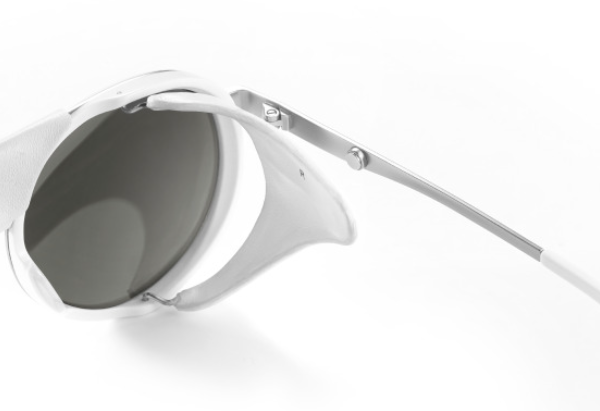quels sont les meilleurs verres de lunettes?


There is an important distinction to be made between LTV and UV blocking, which are two completely separate concepts. When we choose sunglasses, we tend to be concerned about UV protection and how our eyes are affected. However, the amount of light that reaches our eyes through the lenses is a crucial aspect when it comes to making the right choice!
VLT - Visible Light Transmission :
VLT represents the amount of visible light that passes through a lens and reaches our eyes. The darker the lens tint, the lower the transmission of visible light. For quality sunglasses, the ideal VLT is generally below 17%. All our Zeiss lenses available on our site are below 15% VLT, which guarantees excellent optical protection.
UV rays, or ultraviolet rays, emanate from the sun throughout the day, even on cloudy days. depending on their wavelength. Depending on their wavelength, UV rays are divided into three categories: UVA, UVB and UVC. UVB rays are the most harmful, causing sunburn and eye damage. The majority of UVC rays are absorbed by the atmosphere, while UVA and UVB rays can cause problems such as tanning, premature ageing of the skin, wrinkles and even skin cancer.

Categories
There are 5 different categories of lenses:
Category 0: These lenses are not designed to protect against the sun. They only block a maximum of 20% of rays and are mainly used to protect against dust, wind and blue light. Prescription glasses also have category 0 lenses
Category 1: Generally used for driving glasses, category 1 lenses filter out between 20% and 57% of light. These lenses are often polarised or tinted for aesthetic reasons.
Category 2: These lenses filter between 57% and 82% of light. The advantage is that they are totally impervious to UV rays.
Category 3: Filtering between 82% and 92% of light, category 3 glasses are very common on the market. These sunglasses are suitable for most environments, from the beach to the mountains.
Category 4: Category 4 sunglasses offer very high sun protection.
They are mainly intended for specific activities, such as mountaineering, hiking in the mountains, sailing on the high seas, etc., where very high sun protection is required due to prolonged exposure to high levels of solar radiation. These lenses block at least 92% of light.
Please note that category 4 lenses are not suitable for driving due to their high luminosity reduction. It is essential to note that category 4 sunglasses are generally too dark for use in low-light conditions or indoors, as they block a large amount of visible light.
As we offer mountain sunglasses, each of our Glacier Optics variants is available in category 3 and category 4. You will find all the information you need to choose your Zeiss lenses on our product pages

Wearing sunglasses with unsuitable lenses can have serious consequences. As well as reducing the amount of light that passes through a glazing material, the main purpose of sunglasses is to protect the eyes from ultraviolet rays, commonly known as UV rays. These rays can cause burns to the cornea, sunburn to the eyelids or long-term damage to the retina. So it's important to choose sunglasses that effectively protect your eyes.
To recognise high-quality sunglasses, you need to check 2 aspects:
The first is that the glasses bear the CE mark, which means that the lenses comply with European standards.
Secondly, you need to check that there are no air bubbles or marks on the lenses, as this would mean that the technology used is inferior. It is advisable to use lenses that have been cut rather than compressed.





